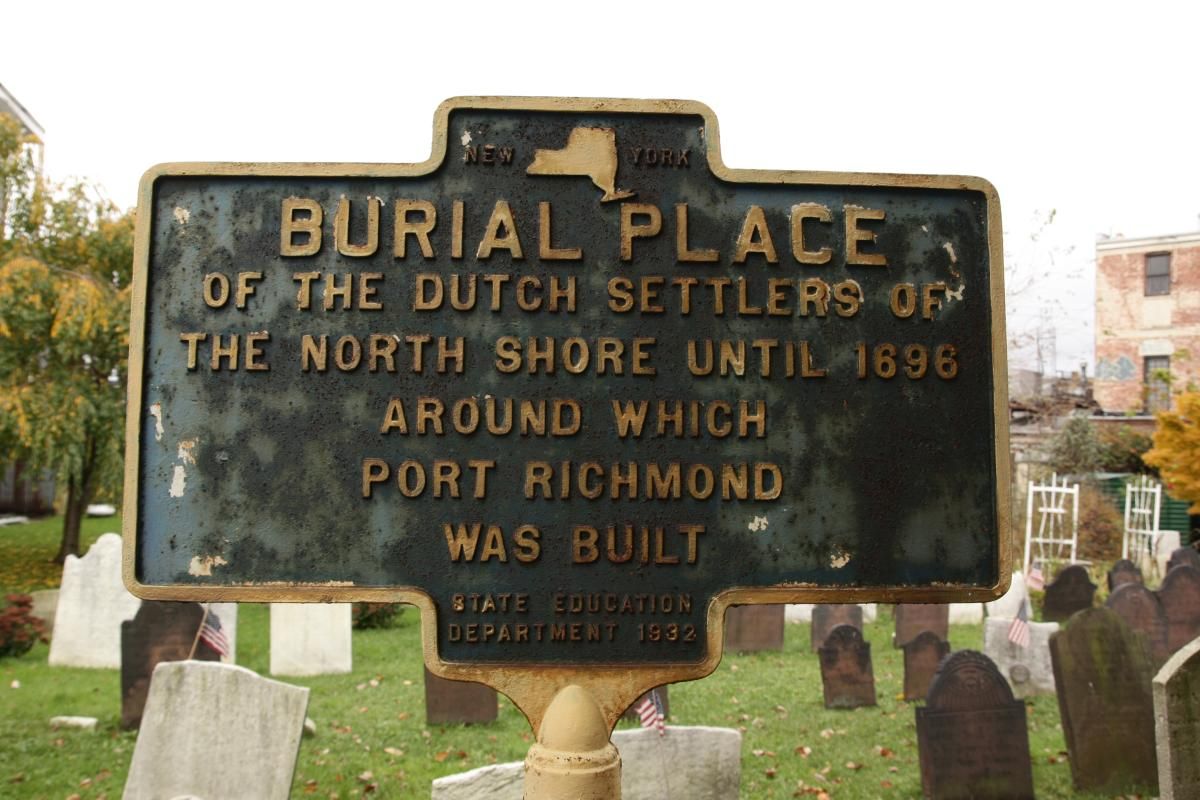Early Dutch Cemeteries III - Materials and texts
The natural stone and stone carving traditions used
In the cemeteries described so far, the oldest headstones are all hewn from a brown sandstone that comes mainly from local quarries in Newark, New Jersey. This is in contrast to the use of slate in New England. Few slate funerary monuments are found in the Hudson Valley. The oldest sandstone examples here date from the early eighteenth century.
- Last updated on .



